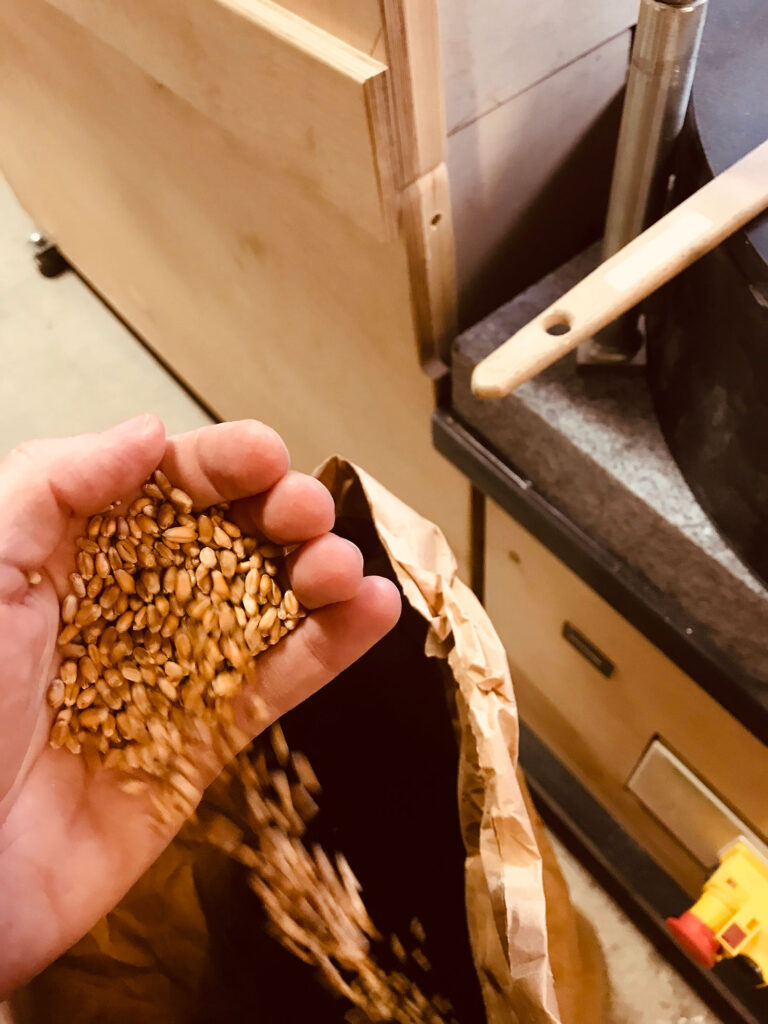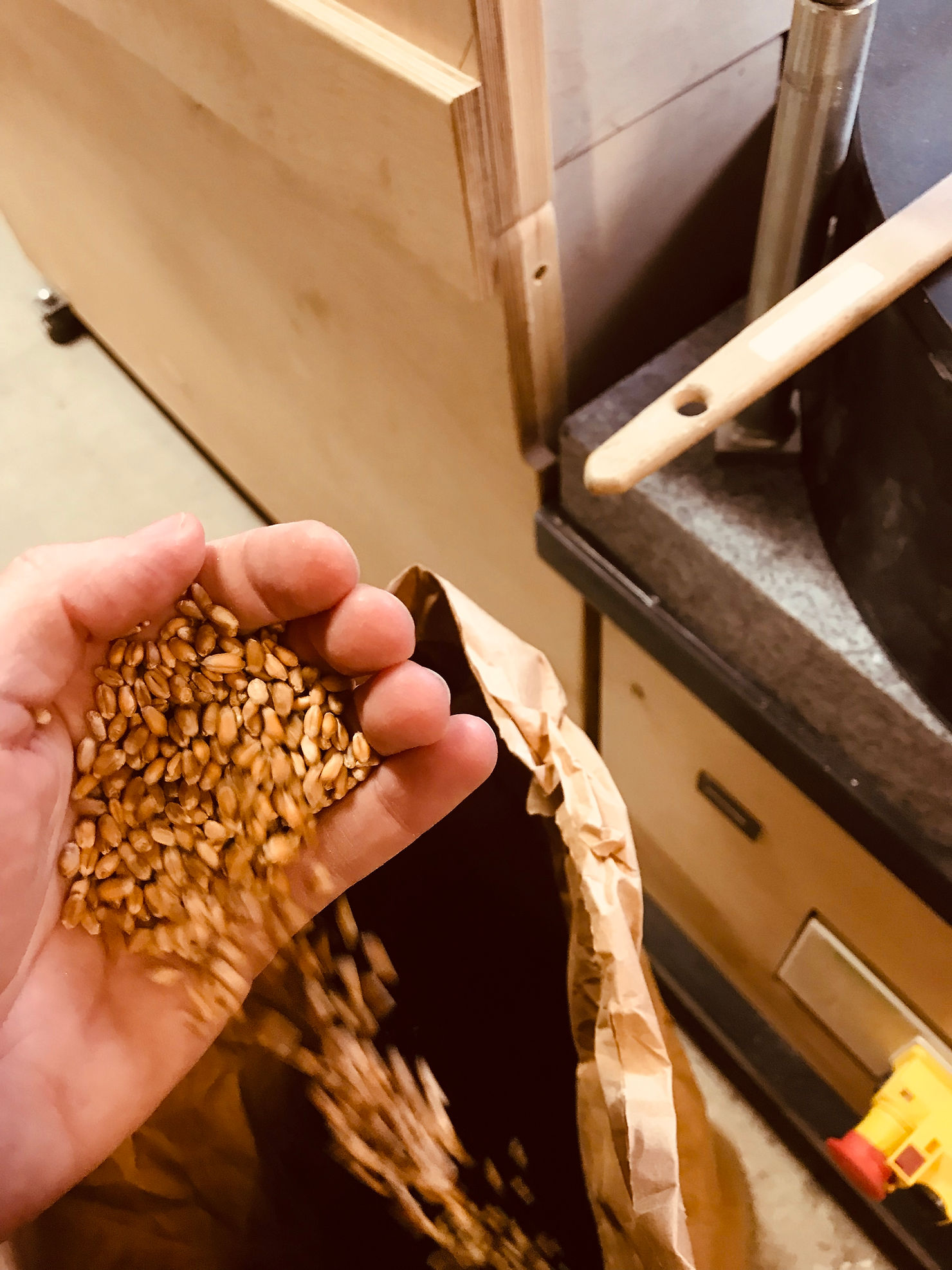When you’re a cereal farmer, you’re committed to growing your grain in a way that respects the land. Often, it’s even a tradition handed down from father to son… However, as soon as the cereals are processed, all this care is almost undone. They are used to make products that do not always respect consumer health, and mixed with toxic additives, harmful preservatives, endocrine disruptors… Industrialists don’t pull any punches! But for several years now, more and more cereal growers have wanted to take back control of what is done with their cereals. The idea? To take control of how cereals are processed, so as to offer consumers quality products. So how do you go about it? What action plan should you adopt?
Fairer marketing channels
Things sometimes seem to get out of hand for cereal growers. The agricultural crisis has not spared them, and they are now having to use their ingenuity to succeed in continuing to develop their business. Often neglected, they produce cereals that they struggle to sell at reasonable prices, and this activity alone is no longer enough to keep their heads above water.

And climate change, with its droughts and heatwaves, is not helping matters any, drastically limiting production and preventing cereal growers from earning enough income to continue living.
It was then that fairer marketing channels began to emerge. From then on, cereal growers no longer simply produced cereals: they processed them to add real value to their farms. They produce quality wholemeal or semi-complete flours, and sometimes even don the baker’s apron to make healthy products.
The benefits of developing a shop at the heart of your business are becoming more and more compelling: to create new revenue streams, and finally take back control of a system that has left you on the sidelines.
Cereal processing for products that look just like them
And setting up a shop on their farm is not just a way for cereal growers to boost their income. It also allows them to take back control of what is done with their cereals. It’s a way of saying no to over-industrialised food, which no longer meets the needs and desires of consumers. Toxic products are avoided in favour of more natural and healthy foods.
Transparency is the order of the day: by buying directly from the producer, consumers know how the cereal is grown and then processed. They know exactly what goes into the ingredients that make up their final product: no more impoverished foods, just products that are good for you, rich in nutrients, vitamins, fibre and minerals!
Getting back into the swing of things with a professional electric grinder
To regain control of their business, cereal growers must succeed in processing their cereals in a respectful way. The problem is that traditional professional stone mills and roller mills don’t really allow you to create healthy flours: the speed of rotation of these mills is too fast, so the grain is oxidised, heated and depleted. The nutrients and fibre are lost as soon as the grain is crushed, and the possibility of offering healthy foods is diminished.

But the good news is that there is a mill that works differently: the Asrtié type mill. This is a stone mill that operates at a slower speed: thanks to it, the cereal can be unrolled, rather than crushed. Cereal growers benefit from quality flour that retains all its nutritional properties: T80 or T110 flour can be used to create breads, biscuits, cakes and pastries that are as good for your taste buds as they are for your health.
The Astrié mill can help cereal growers process any grain: buckwheat, soft wheat, durum wheat, chestnuts, maize, barley, rye: as long as the cereal is sufficiently dry, it can be unwound between the two millstones, thanks to micrometric adjustment. If you want to be able to offer a wide variety of products in your shop, attract the attention of consumers and stand out from the competition, this is a real plus!
To regain control of what is done with their grain, cereal growers are pulling out all the stops and opting for cereal processing. An attractive source of income, this strategy is enabling their business to survive, while offering consumers exactly what they’re looking for: artisanal products and a return to nature. Want to find out more about the Astrié mill? Our 5-step guide to choosing the right mill could be just what you need!



